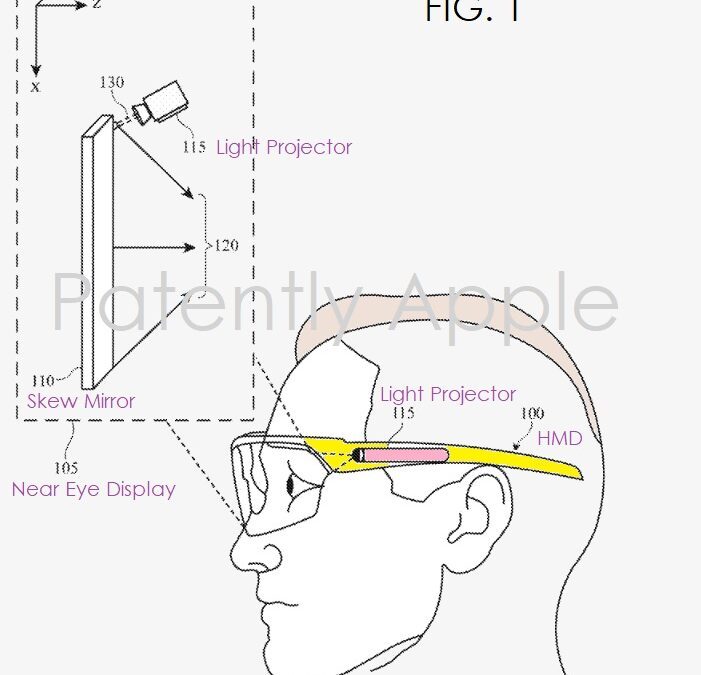You can’t have a conversation about the future of technology and electronics without mentioning Apple. Thus, it’s no secret that Apple is serious about introducing augmented reality (AR) integrated smart glasses to the masses. The big dude on Apple Campus himself, Tim Cook, has been quoted showing his interest in AR and was quoted saying, “We don’t give a rat’s about being first, we want to be the best, and give people a great experience…But now anything you would see on the market any time soon would not be something any of us would be satisfied with. Nor do I think the vast majority of people would be satisfied.” It’s safe to say, as always, Apple aims to deliver the crème de la crème of the technology world.
Apple has been quietly acquiring companies that have created AR and virtual reality (VR) products and technologies, such as companies and startups aimed at reading faces and expression, messaging applications, virtual renderings, and so forth (Confused by what VR and AR mean? Scroll down to the last paragraph to learn more!). Bear in mind that just because Apple has acquired or hired from these companies does not automatically mean the Apple Smart Glasses will incorporate this technology exactly but scouting for talent and technology for future devices are paramount. Apple has allegedly built up their AR and VR team with slow and methodical hiring since at least 2015.
Regarding the patents that have been floating around, there has been tons of buzz around a mobile augmented reality system that detects your surroundings and then displays virtual images in real-time. This patent was filed back in 2014 and subsequently was granted in 2017. According to Apple Insider, this technology could be used in part for a guided tour application by scanning for and providing information about interesting objects as the visitor walks around a museum. Another patent of interest was filed in 2021, detailing a head-mounted display with adaptable facial interface. Another notable patent filed in 2021 is the embodiment of a finger-mounted device fitted with sensors to push virtual buttons or interfaces. In most of these patents, the headset or glasses is intended to be used with a connected device for power or storage (perhaps to be used with your iPhone or iPad?).
So where will Apple go first, AR or VR? AR is probably more versatile in terms of the span of productivity across different business and technology sectors (think of the mad cool graphs you could throw up on in the air in your next business meeting). VR is more immersive for sectors like gaming, entertainment, education, etc. The glasses themselves are still in the early stages, but all bets point to the chip and battery being housed within the frames.
What are the differences between AR and VR? Augmented reality takes the user’s normal physical world and projects virtual pictures and characters through the user’s camera or viewer. Users can control their presence in the real world. Virtual reality kicks things up a notch by producing an entirely computer-generated simulated world, sometimes using computers, sensors, headsets, or gloves. VR users are controlled by the system within the fictional reality.
Article by Carissa L. Chow

